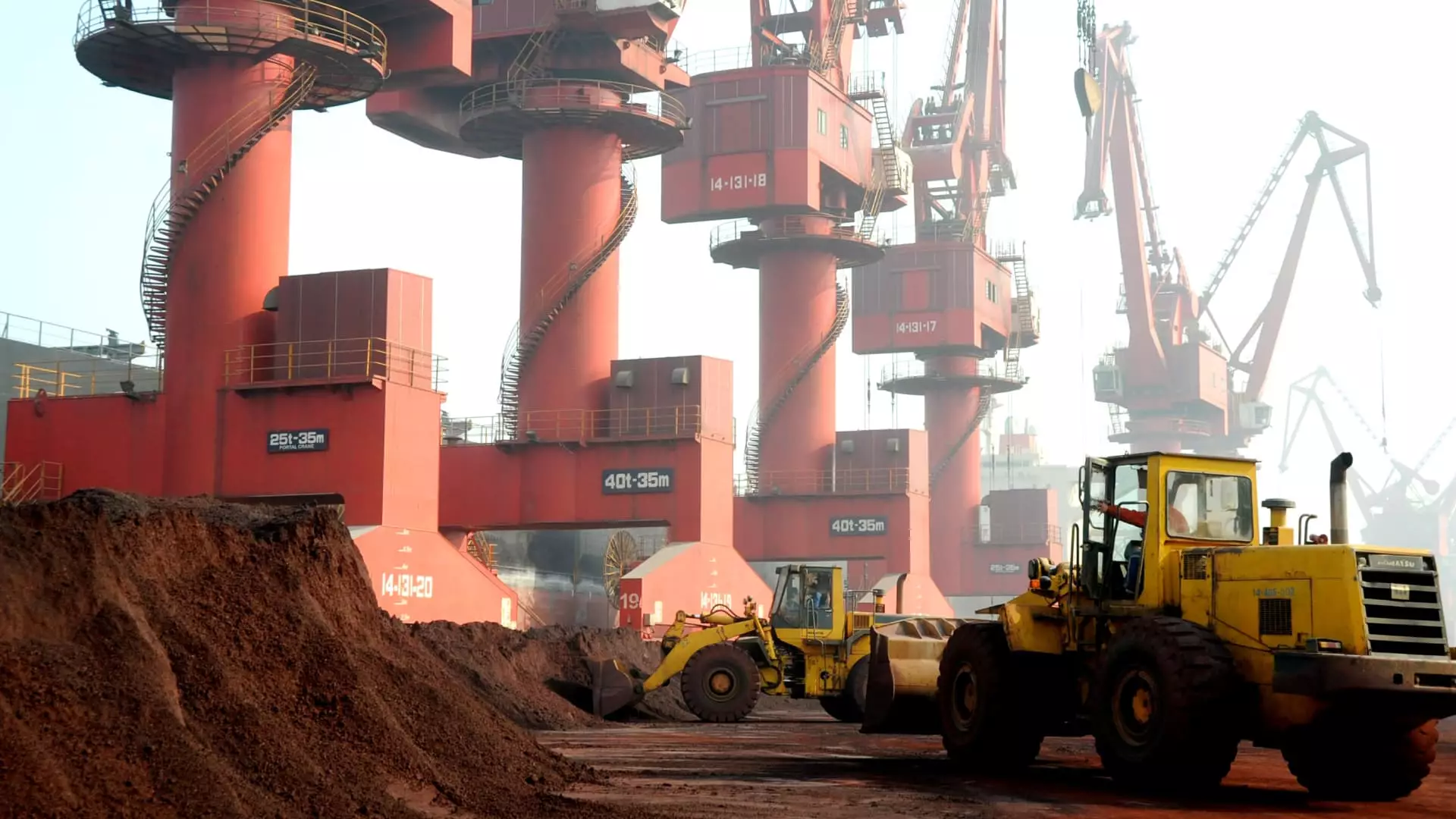In a significant turn of events, China has announced new restrictions on tungsten exports, marking a departure from its earlier policies that established the nation as a dominant player in the global tungsten market. As geopolitical dynamics evolve, particularly amid rising tensions between the United States and China, the implications of these new regulations stretch beyond trade. This article delves into the historical context, current market reactions, and future prospects as nations recalibrate their tungsten supply chains in response to changing global alliances and demands.
For decades, China has exploited its resource wealth to secure an overwhelming grip on the tungsten supply chain, reportedly controlling around 80% of the global market. However, the tides are shifting as the Chinese government imposes new export licensing requirements for tungsten—a dual-use metal critical in both civilian technologies and military applications. Beginning December 1, businesses aiming to export tungsten must navigate bureaucratic hurdles, indicating China’s intent to prioritize domestic control over its resources amid escalating international scrutiny.
This decision occurs in the backdrop of the United States instituting a ban on tungsten sourced from China, applicable to defense contractors starting January 1, 2027. This shift in policy underscores an increasing call for ‘friendshoring’—sourcing materials from allies rather than adversaries—in an attempt to circumvent dependence on Chinese goods. The U.S. Defense Department’s actions reflect broader concerns over supply chain vulnerabilities, particularly for strategically significant materials like tungsten.
Despite the impending export limits from China, market analysts indicate that tungsten prices have remained relatively stable, with minimal immediate changes following the announcement. Christopher Ecclestone of Hallgarten & Company suggests that rather than a drastic price leap, the new constraints may heighten the profit incentive for tungsten mining outside of China. A reckoning is developing within the industry, as new mines and projects are poised to spring into action—especially if prices rise sufficiently to cover operational costs.
Furthermore, public sentiment within the U.S. regarding the recent tariff increases (a significant 25% imposed on Chinese tungsten) reflects strong support for domestic mining efforts. Many stakeholders advocate for even steeper tariffs, aiming to bolster local industries against foreign competition. This resurgence of interest in domestic tungsten production is essential, especially given that the U.S. has not engaged in large-scale tungsten mining since 2015.
Efforts to revive tungsten production are visible beyond U.S. borders, particularly with the potential reopening of the Sangdong mine in South Korea. Owned by Canada-based Almonty Industries, the mine has a storied history—closing in 1994 yet now on track for resumption. With plans to achieve about 50% of its original output by the summer of 2025, this site could become a pivotal player in the global tungsten landscape, providing a critical alternate source for a market largely reliant on Chinese output.
The South Korean government expresses readiness to incentivize foreign investments aimed at revitalizing the tungsten sector, suggesting the mine could become a cornerstone for industrial growth in the region. Simultaneously, other tungsten projects in Kazakhstan, Australia, and Spain are progressing, potentially augmenting the global supply and stabilizing prices.
Geological Potential and Future Outlooks
While the immediate focus is on overcoming the current supply issues, analysts stress the significance of exploring and developing domestic resources. The U.S. Geological Survey has identified nearly 100 sites across twelve states that possess significant tungsten deposits. Enhanced exploration efforts could lead to newfound resources and a more resilient domestic mining industry.
For companies like Demesne Resources, acquiring mines such as the IMA tungsten mine highlights the ongoing interest from small to mid-sized firms eager to tap into these vital resources. The expectation to commence production as early as spring indicates a renewed confidence in the prospects of tungsten as a strategically essential metal.
As global demand for tungsten—employed in everything from high-performance alloys to military applications—continues to rise, a multi-faceted approach involving strategic partnerships, resource exploration, and alternative supply chains is essential.
The recent changes in China’s tungsten export policies serve as a wake-up call for industries worldwide regarding their dependence on a singular source for critical materials. As both geopolitical tensions and market demands evolve, the global landscape for tungsten is heading toward diversification. The simultaneous trends of increased domestic interest and exploration in countries like the U.S. and South Korea will be pivotal in shaping the future of tungsten supply chains. The continued development of alternative sources, coupled with a strategic recalibration of partnerships, will be crucial for sustaining the vital supply of this essential metal in a competitive and increasingly fragmented global environment.

